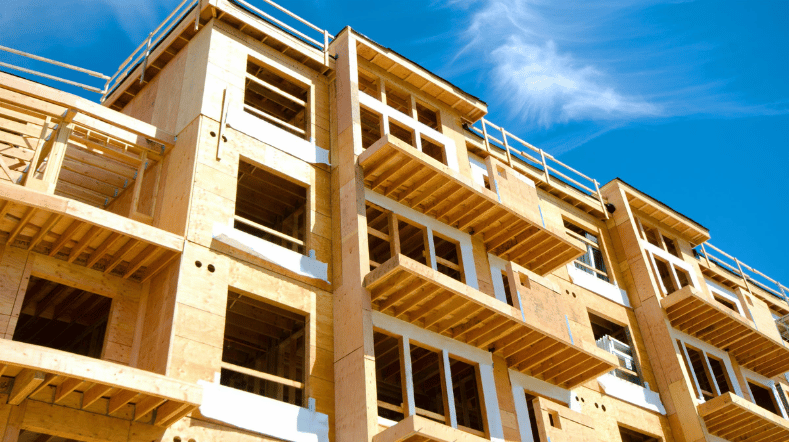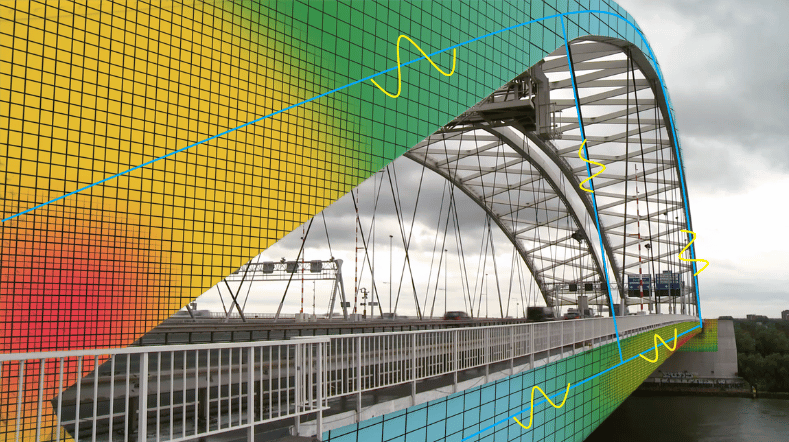Service life and maintenance of wet infrastructure
Flood protection in the Netherlands are literally a matter of life and death, especially when we consider the rising sea level and the increase in the discharge of water via the major rivers due to climate change. The Netherlands has a global reputation for its knowledge of water management structures and flood protection. Together with Deltares, we continue to develop this knowledge.
Extending the service life of structures
Locks, dams, and water-control structures are old civil engineering works that we want to keep using for as long as possible. Replacing or renovating them costs money and causes inconvenience and nuisance. One of the ways we apply our knowledge of structures is by extending the service life of existing structures. We do this through assessments and the realisation of innovations.
Renovation or renewal
Due to the aging process, many hydraulic works are in need of renovation and renewal. In such projects, we prioritise extending the service life. We develop unambiguous test frameworks, efficient inspection and monitoring techniques, and methods for assessing performance, costs, and risks. And we’re working on innovations in the areas of service life extension, renovation, and new construction. We focus on materials and constructions, and on possibilities for implementating them in relevant locations.
Combining TNO and Deltares knowledge
Together with Deltares, we’re working on developing knowledge of water management structures and flood protection. TNO has knowledge of hydraulic structures such as locks and Deltares has knowledge of how water and soil behave. We both work on risk analysis methods, calculation methods, standards, and criteria. We ensure that our approach to these methods, calculations, and standards is based on the same principles. This creates a clear and consistent testing framework for water management structures and flood protection. For flood protection, this is laid down in legal assessment tools in the Statutory Review Instrument (Wettelijk Toetsinstrumentarium or WTI). For existing structures, for example, it’s laid down in the Assessment Guidelines for Existing Structures (Richtlijn Beoordelen Bestaande Kunstwerken or RBBK).
Flood protection
We also play an important role in the areas of vision, risk approach, and implementation of methods for calculating flood protection. With our knowledge of probability theory (also known as probabilistics), we help develop models and guidelines for calculating and assessing of hydraulic engineering structures in flood defences.
Knowledge programme for structures in and around the water
Together with Deltares and Marin, in 2014, we began developing knowledge about structures in and around the water, which are also referred to as engineering structures in the wet infrastructure. Examples are locks or pumping stations. Since 2016, the Directorate-General for Public Works and Water Management has also been actively involved, and since 2017, there has been joint programming via a knowledge programme for wet engineering structures.
Investing in service life
The knowledge programme for wet engineering works is intended as a multi-year investment programme to increase knowledge of the technical and functional service life of wet engineering structures. In addition, we’re looking at solutions for the upcoming task of replacing wet engineering structures. The correct management of infrastructural assets such as bridges, roads, and locks is becoming increasingly important.
Efficient maintenance
Demands on the performance of engineering structures are increasing, but resources are limited. That’s why it’s important to approach maintenance efficiently and to deal with end-of-life problems intelligently. The knowledge programme has strong links with the Replacement & Renovation programme, Multi Water Management Structures, and the Lock programme. The programme also includes room for participation by water boards and the business community.
Innovations for replacement and new construction
The knowledge programme focuses on the technical and functional service life of wet engineering structures. In addition, research is being done into using innovations for replacement and new construction. For example, the use of fibre-reinforced plastics. The programme also examines how the decision-making process at the Directorate-General for Public Works and Water Management and the water boards can contribute. And it looks at how end-of-life problems can become an opportunity for developing the network or area.
Aligning with day-to-day practice
The programme tries to be as practical as possible. Data from existing measurement campaigns, such as the study of the condition of the engineering structures in the Afsluitdijk, are used to gain further knowledge. Where necessary, the measurement campaigns are supplemented with additional information. The generic knowledge is recorded in reports and models, and disseminated through the usual channels. Where possible, knowledge is recorded in handbooks, toolboxes, guidelines, or standards.
Get inspired
Building Materials and Structures


Predictive Twin Lab for the built environment


Concrete structures


Road structures

